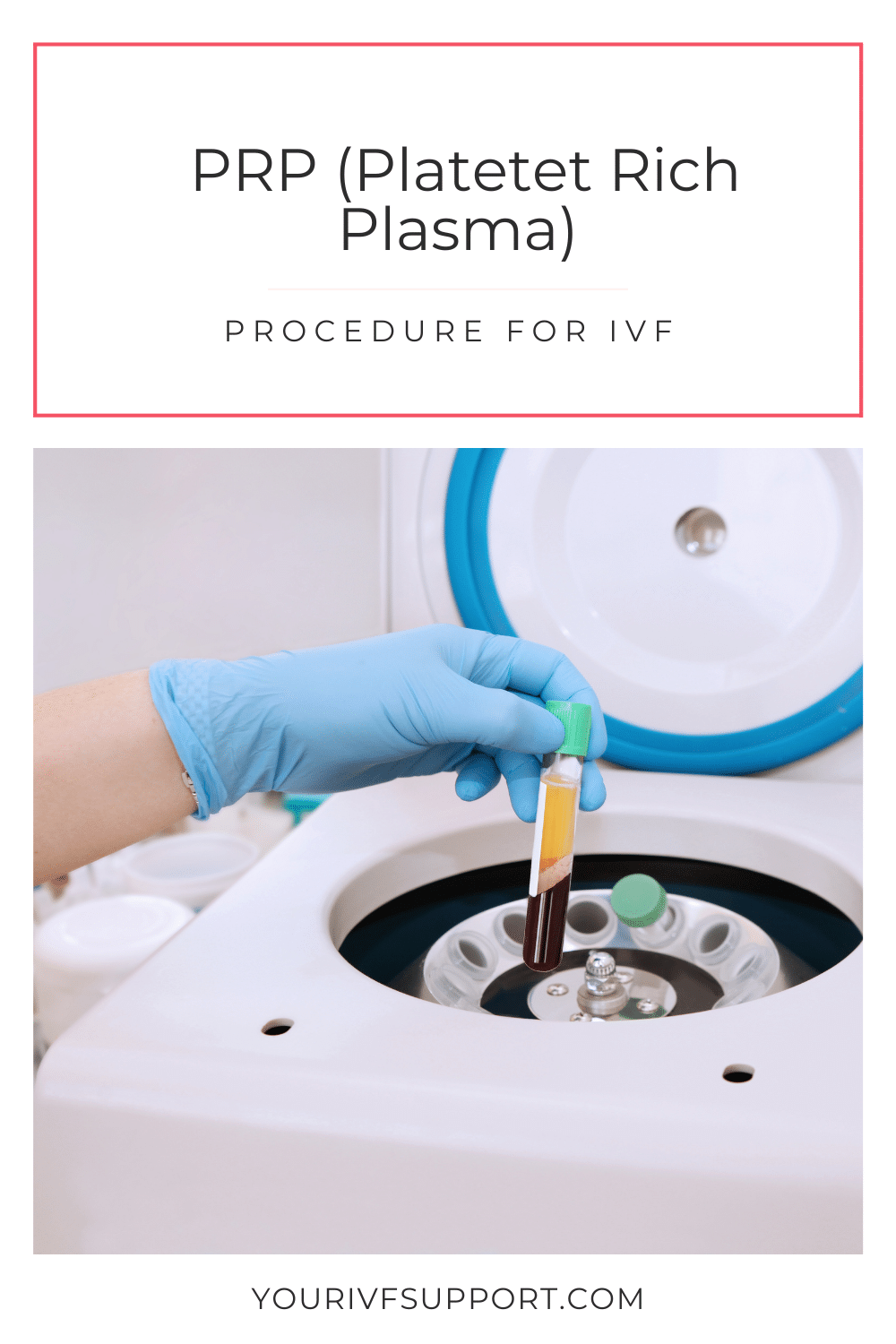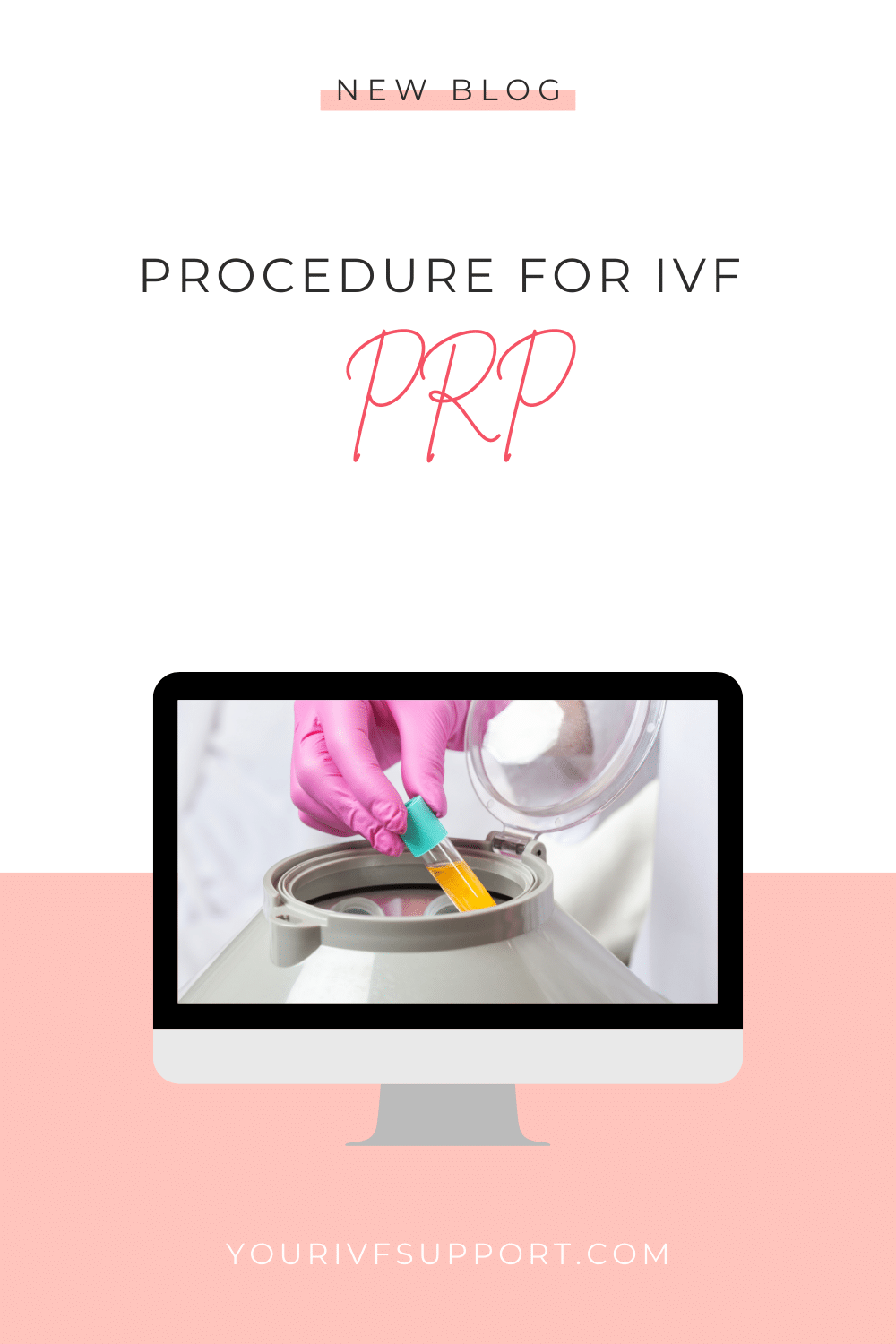Every tenth couple between the ages of 25 and 59 remains involuntarily childless worldwide. There is therefore a growing need for fertility treatment. Thanks to the constant development of its research, reproductive medicine is able to help more and more couples with an unfulfilled desire to have children to become pregnant.
What are implantation errors?
In some patients, the reason for unwanted childlessness is the disturbed implantation of the embryo in the mucous membrane of the uterus. During the so-called implantation, the fertilised, 6-7 day old pregnancy implant attaches itself to the innermost layer of the uterus. If the mucous membrane is not receptive or is too thin, rejection can occur even with a genetically perfect embryo. Implantation failure or implantation failure can occur both in naturally occurring pregnancies and after in vitro fertilisation (IVF). In IVF, implantation failure is when several transfers of genetically healthy embryos have failed to result in pregnancy. A new, promising method of treatment for implantation failure is the use of platelet-rich plasma. The aim of this innovative treatment is to improve egg quality and quantity, uterine wall thickness and the receptivity of the endometrium in the context of fertility treatment.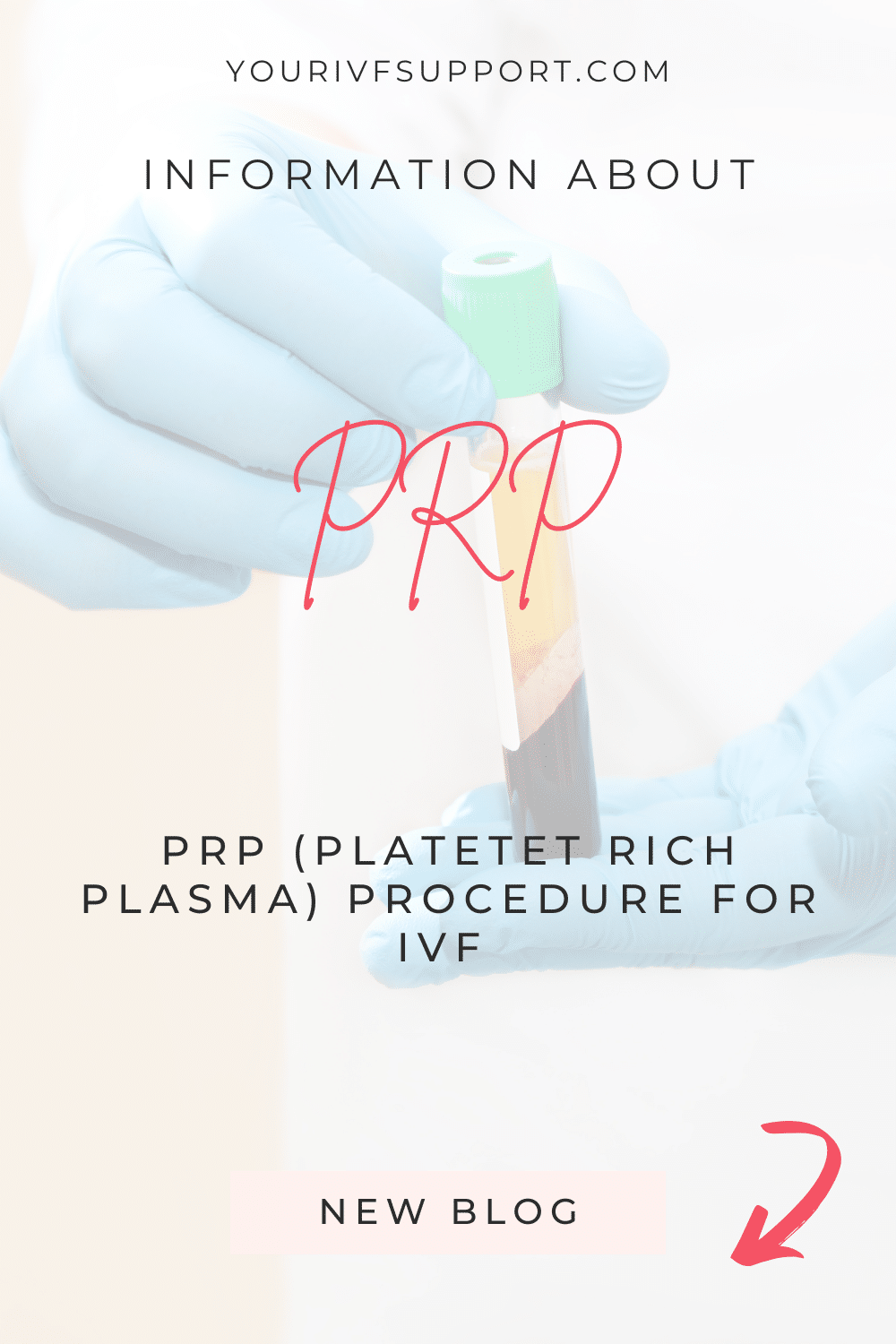
What is platelet-rich plasma (PRP)?
The term means "platelet-rich plasma", i.e. blood plasma that is separated from the other blood components (red blood cells, platelet-poor plasma) after whole blood is collected. This is done by a centrifuge, which can separate the components of different densities by means of high rotational speeds and thus strong centrifugal force. The blood platelets (thrombocytes) can be strongly concentrated in the process, to about ten times their original quantity. The product contains a high concentration of growth factors and messenger substances (cytokines), which can promote tissue regeneration and reduce inflammatory processes. A stimulating growth stimulus is thus exerted on the mucous membrane of the uterus. The highly concentrated platelets are important for blood clotting. The activated platelets can contribute to wound healing after injuries by releasing various messenger substances. This results in a potential therapeutic benefit for the stimulation of natural regeneration processes in very different tissues. This therapy has therefore been used for a long time in orthopaedics, dermatology, ophthalmology and other medical disciplines. It helps, for example, with wound healing disorders, bone fractures, joint damage and is used for cosmetic purposes. A new field of application is also reproductive medicine.
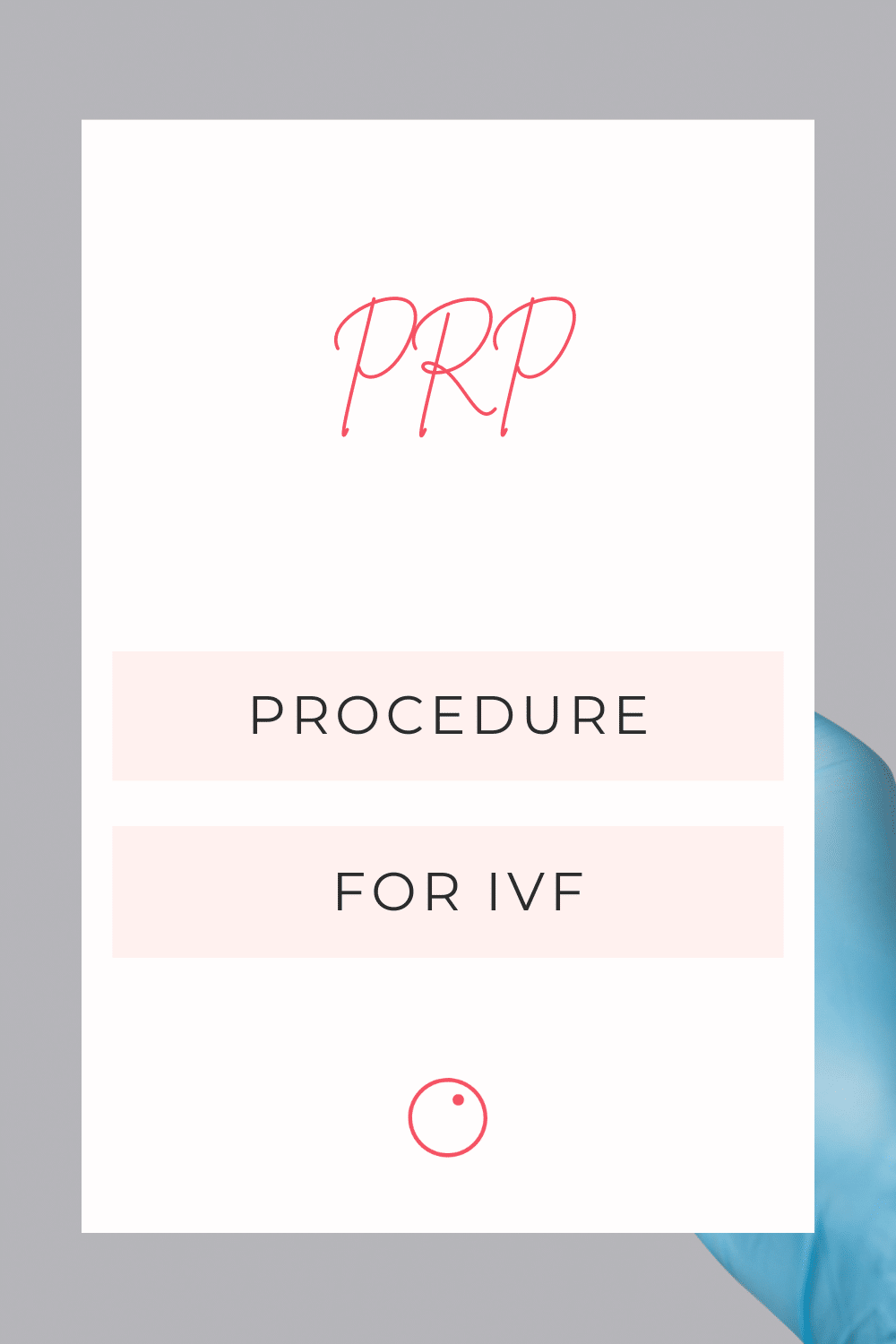
Use of platelet-rich plasma in the desire to have children
In fertility treatment, PRP is used in two different ways. On the one hand, it is injected into the cortex of the ovary to stimulate inactive stem cells to produce new eggs. Normally, these ovarian stem cells are in a dormant state. Ovarian rejuvenation" with platelet-rich plasma is intended to help women who want to have children and who, for various reasons (e.g. premature menopause, low oocyte reserve in the ovary) no longer produce eggs, to become pregnant. This method is especially suitable for couples for whom the use of their own eggs is particularly important. Before donor eggs are used, the plasma method can be tried.
In women whose uterine wall is too narrow, the embryo cannot implant in the uterine wall after transplantation. Here, the application of platelet-rich plasma into the uterus can be carried out. The growth factors and messenger substances from the platelet-rich plasma stimulate the mucosal cells to grow. The intrauterine application of platelet-rich plasma is intended to improve the conditions for embryo implantation by improving the wall thickness of the uterus and creating a suitable environment."Since it is known that co-enzymes such as Q10 can strongly promote fertility in women and men, people with an unfulfilled desire to have children often resort to food supplements with this ingredient."
Procedure of the treatment
When used on the ovary, one to three millilitres of platelet-rich plasma is injected directly into the cortex of the ovary through a fine needle using ultrasound to visualise the anatomy. This puncture through the wall of the vagina is done under anaesthesia. Ideally, treatment with PRP is carried out one to three months before an IVF cycle so that enough high-quality eggs are available at the time of fertility treatment.
In addition, platelet-rich plasma can be applied directly into the uterine cavity. There are two methods for using PRP in the uterus.
During the so-called "high volume" treatment, 8-10 ml of plasma is slowly introduced into the uterine cavity through a thin catheter. This allows the plasma to reach the ovaries, the fallopian tubes and the walls of the uterus. This causes a comprehensive effect on several levels. The patient should remain lying with the catheter in place for ten minutes after the application.
Platelet-rich plasma can also be applied in a smaller quantity to the wall layers of the uterus through intrauterine irrigation. With this variant, three to five millilitres of the material are introduced into the uterine cavity with a narrow catheter. Since this method serves to prepare the uterus for the implantation of an embryo, it is carried out about two days before the planned transfer. No anaesthesia is required when the PRP is administered into the uterus, as this method is painless for the patient.
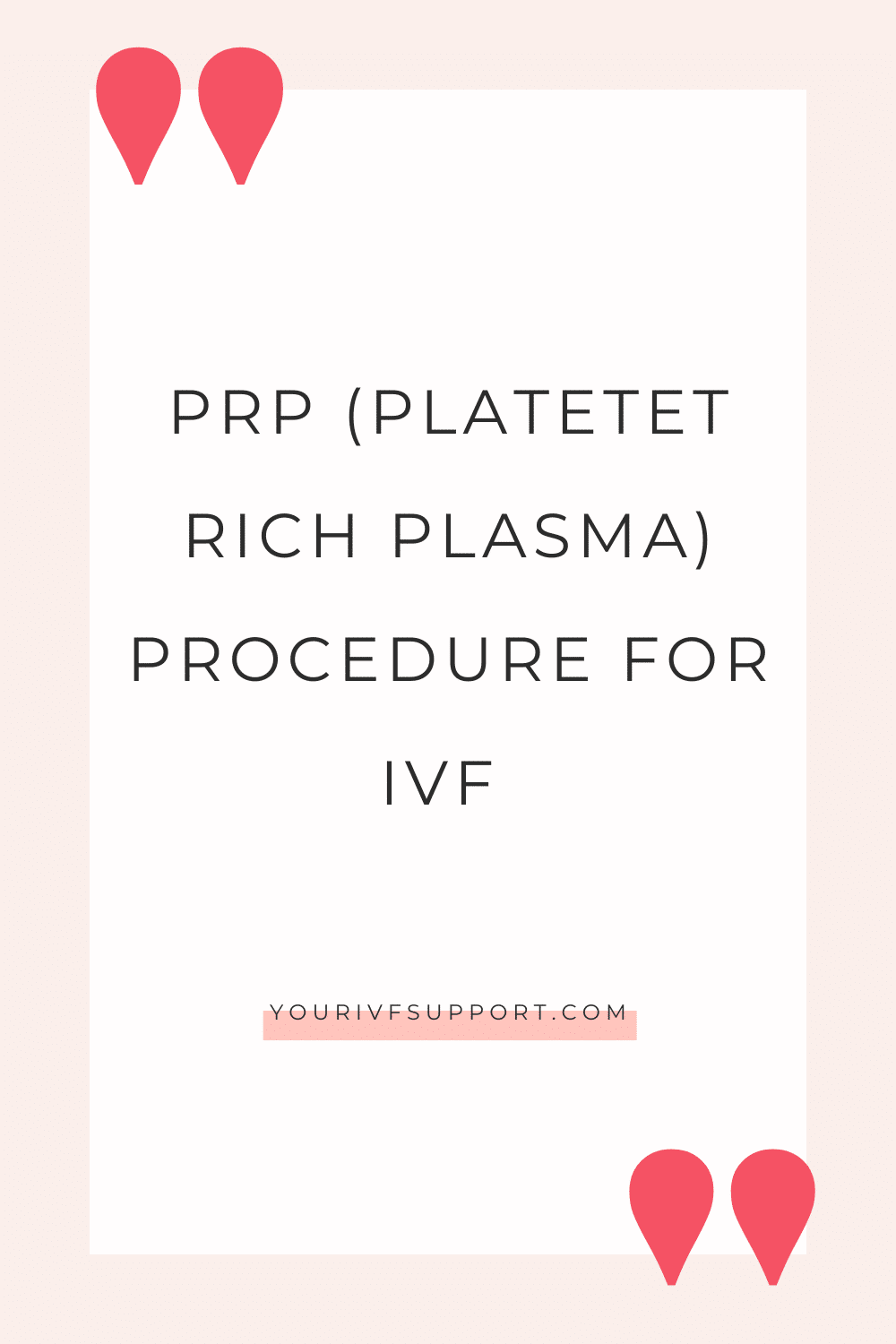
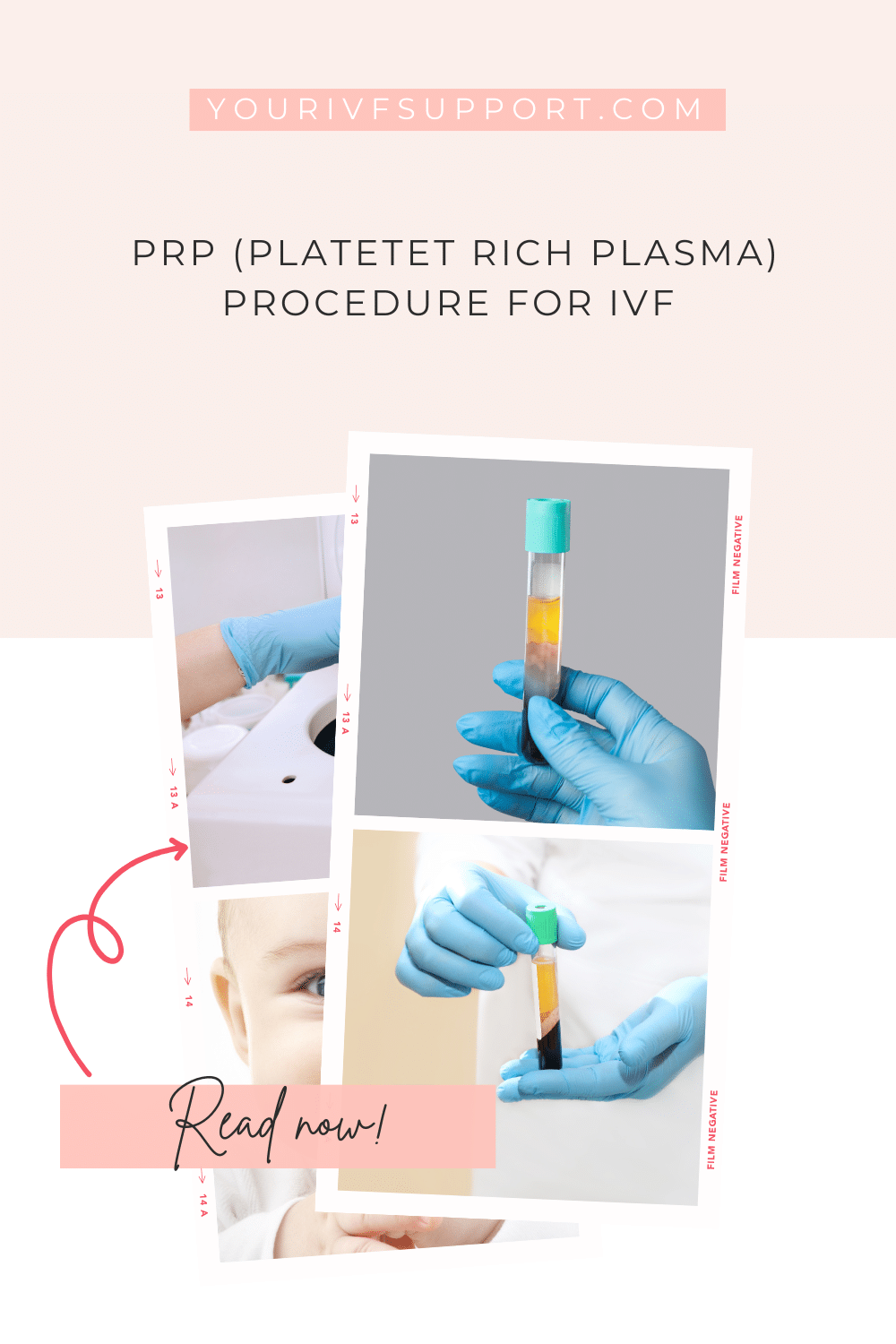

Risks of the therapy
Proof of efficacy
A review study (Maleki-Hajiagha et al.) in 2020 showed a significantly increased pregnancy rate and a thicker inner uterine layer through the use of platelet-rich plasma in patients undergoing IVF treatment. There is also evidence that certain women may particularly benefit from PRP. In fertility treatment, it is known that an excessively thin uterine mucosa can be a risk for implantation failure. Recent data show that these patients produce fewer growth factors in the uterine mucosa. Therefore, it is precisely in these situations that PRP could provide the necessary messenger substances and cause thickening and thus successful implantation.
Conclusion
Due to the low risk profile compared to other methods and the promising results from current research, therapy with platelet-rich plasma
can give hope to some couples with previously unsuccessful IVF cycles. In particular, patients with too thin uterine lining can benefit especially from the treatment.
If you want to become pregnant and are affected by repeated implantation failures, contact a clinic of your choice, which will be happy to give you detailed and competent information about treatment with platelet-rich plasma.
Sources
https://pubmed.ncbi.nlm.nih.gov/32006776/
Dieamant et al, 2019, doi: 10.5935/1518-0557.20190035
ClinicalTrials.gov Identifier: NCT03996837
https://www.ncbi.nlm.nih.gov/pmc/articles/PMC4227974/
https://pubmed.ncbi.nlm.nih.gov/24269084/
https://www.bmfsfj.de/bmfsfj/themen/familie/schwangerschaft-und-kinderwunsch/ungewollte-kinderlosigkeit
